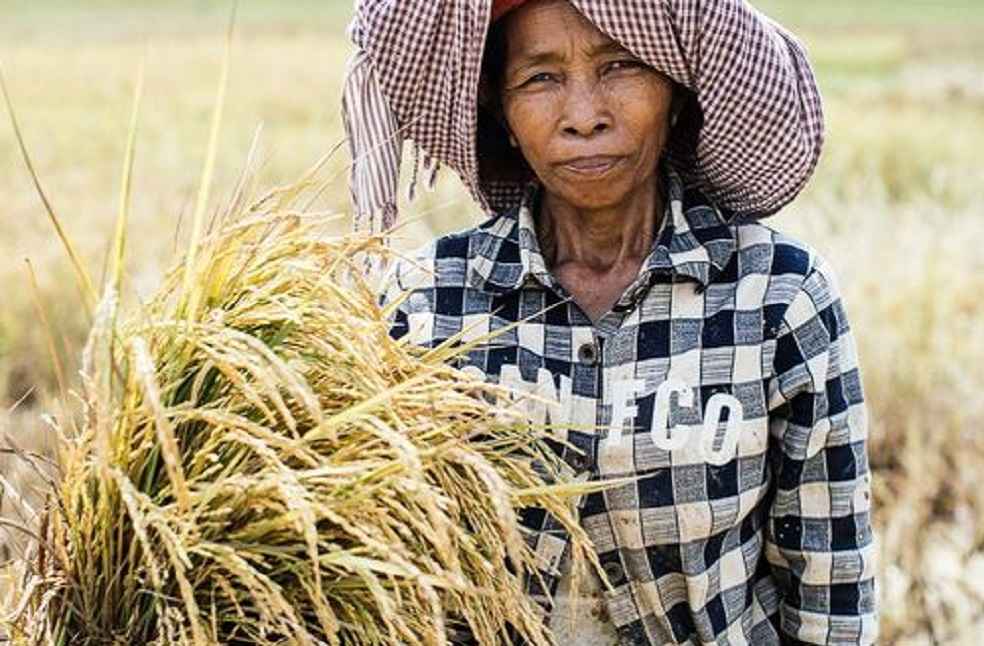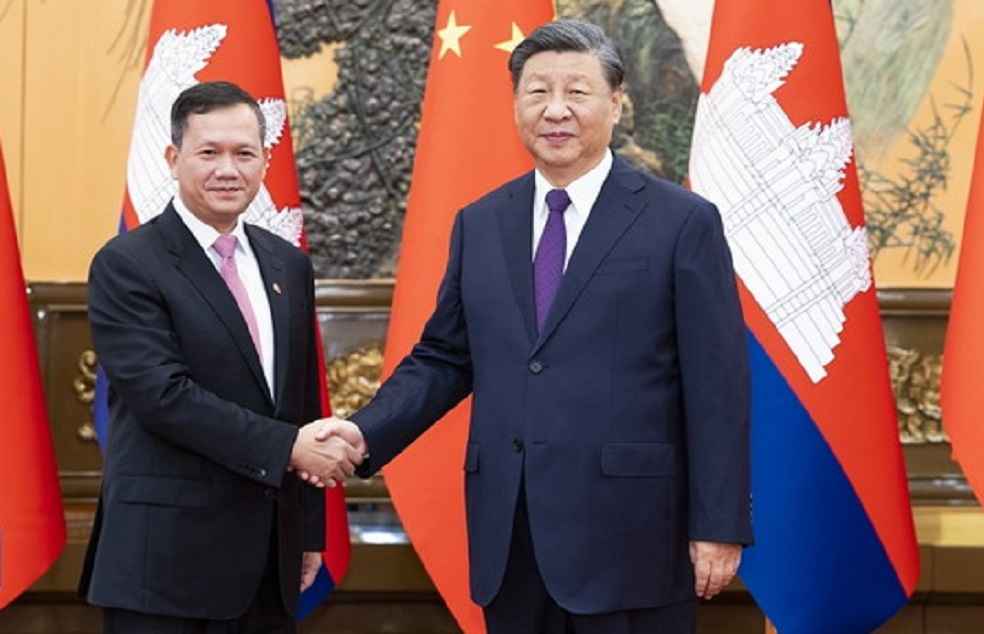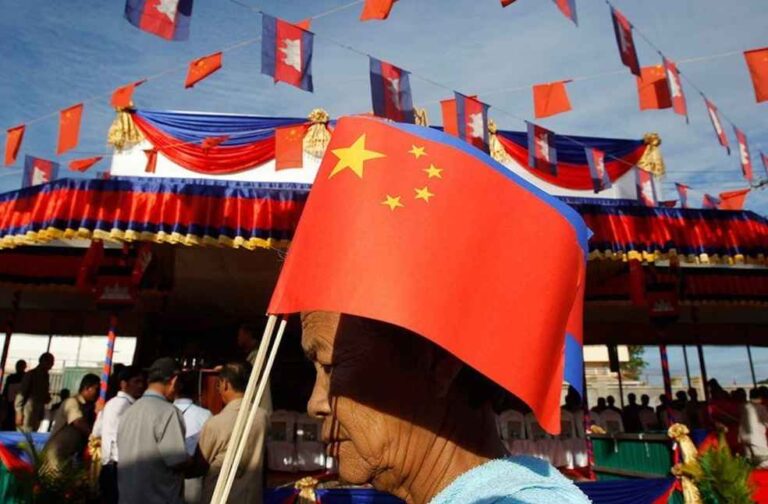The trade dynamics between Cambodia and China have demonstrated exceptional strength and growth against a backdrop of global economic slowdown. This impressive resilience and expansion in bilateral trade is primarily credited to the impact of two significant agreements which are the Regional Comprehensive Economic Partnership (RCEP) and the Cambodia-China Free Trade Agreement (CCFTA).
Recent data from Cambodia’s General Department of Customs and Excise (GDCE) reveal a noteworthy milestone in the trade relationship. The first 10 months of 2023 saw goods trade between Cambodia and China climb beyond 10 billion U.S. dollars, representing a 4.6 percent increase over the prior year. This growth underscores the flourishing economic partnership, positioning China as Cambodia’s preeminent trading ally, surpassing the United States, Vietnam, Thailand, and Japan.

Penn Sovicheat, Secretary of State and Spokesperson for the Cambodian Ministry of Commerce, sheds light on the pivotal role played by the RCEP and CCFTA. These pacts, effective since last year, have been fundamental in propelling the surge of Cambodian exports to China, primarily through preferential tariffs. Sovicheat points out the significant benefits reaped by Cambodia’s agricultural sector, with commodities such as milled rice, yellow bananas, mangoes, longans, and pepper finding a substantial and growing market in China.
Despite a modest dip in Cambodia’s overall international trade volume, which saw a decrease to 38.66 billion dollars during the same 10-month period, the trade rapport with China remains a paragon of endurance. Specialists like Kin Phea, Director-General of the International Relations Institute of Cambodia, recognize the dynamic impetus provided to the Cambodia-China trade corridor by the RCEP and CCFTA, especially during times of global economic flux. These trade pacts have not just enhanced economic and commercial cooperation but also broadened market access for Cambodian products in China and other RCEP member nations.

According to Kin Phea, China’s Belt and Road Initiative (BRI) has also been a key factor in fortifying these trade ties. Projects such as the Sihanoukville Special Economic Zone and the Phnom Penh-Sihanoukville Expressway have not just simplified trade with China but have also uplifted Cambodia’s trade capacities globally. Policy analyst Seun Sam from the Royal Academy of Cambodia notes that the blend of enhanced infrastructure, logistical prowess, and free trade agreements has transformed Cambodia into a desirable hub for international investors and enterprises eyeing expansion in the region.
This upsurge in bilateral trade has positively influenced Cambodia’s economy, contributing to the diversification and advancement of sectors like energy, telecommunications, finance, logistics, tourism, and agriculture. This diverse economic structure, fueled by robust trade relations with China, signifies the potential for sustained growth and resilience amidst global economic challenges.

The enduring growth in Cambodia-China trade, nurtured by strategic treaties and infrastructural developments, stands as a testament to economic resilience and a harbinger of further expansion and deepening of bilateral connections in the future.
DON’T MISS IT | EU Cracks Down on Russian Oil, Tightens Loopholes in Sanctions Regime



